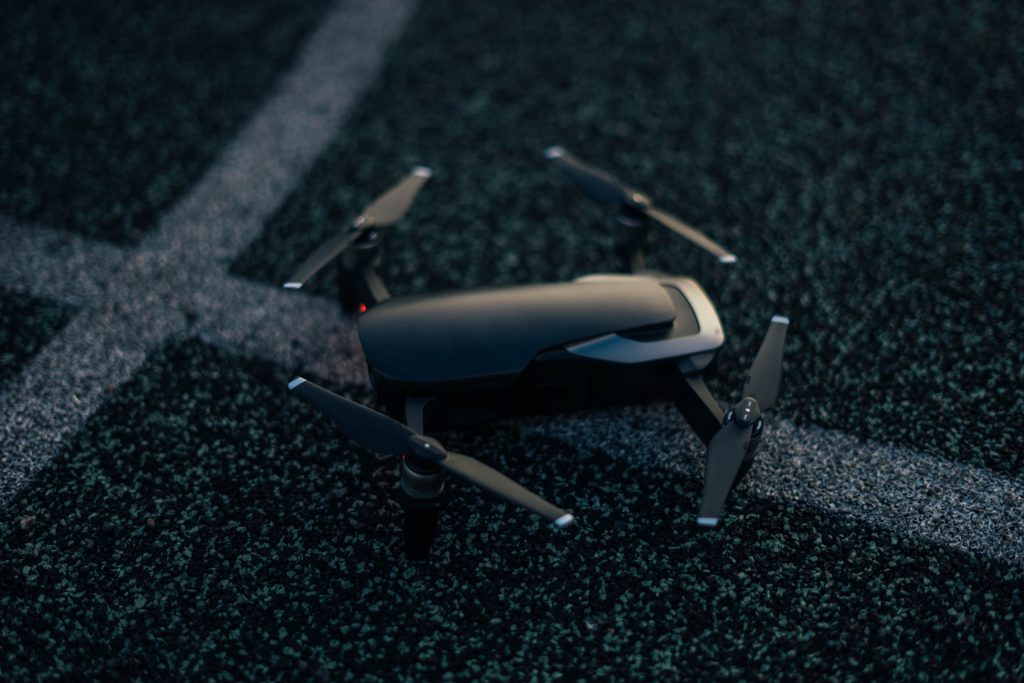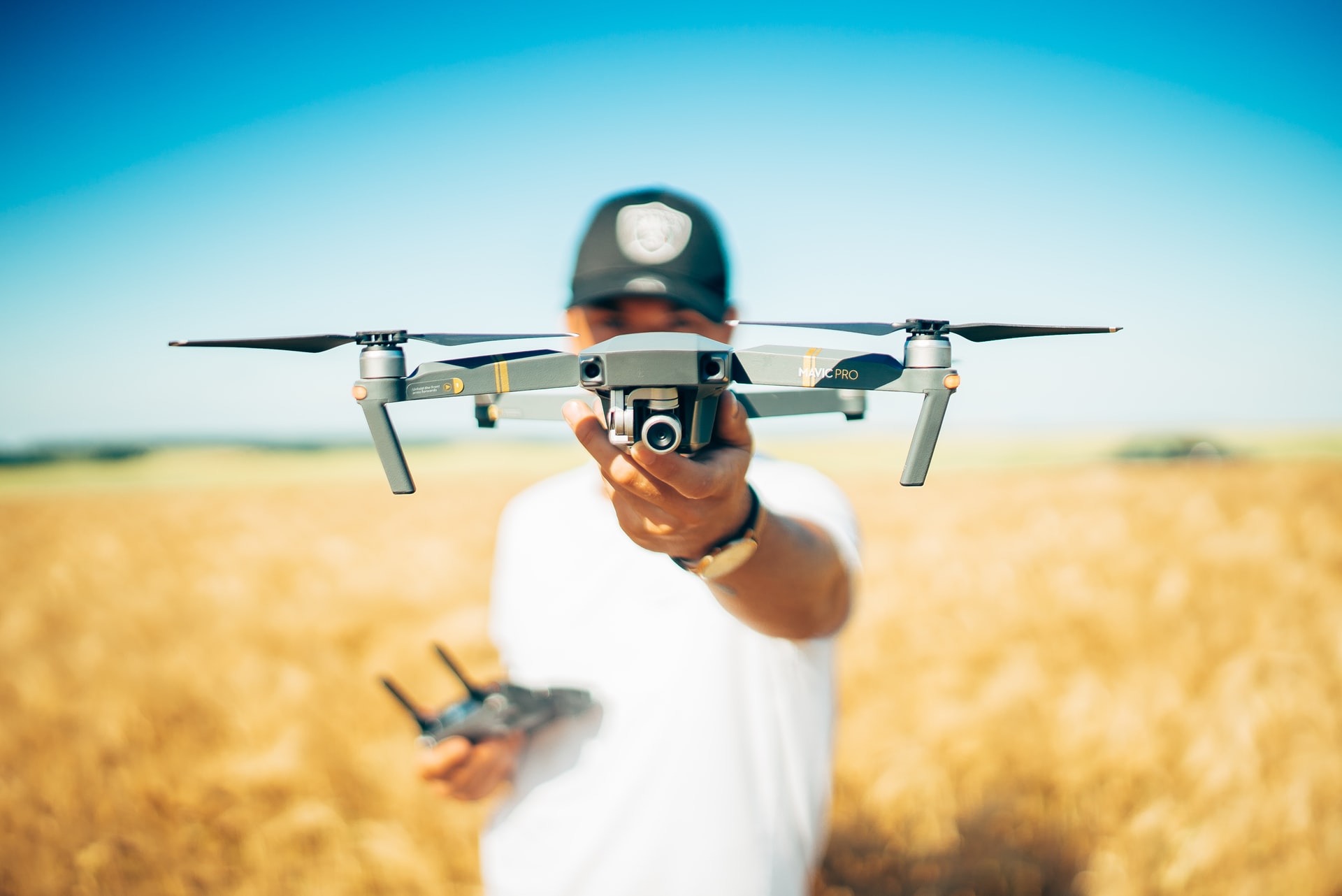Why is the weight of a drone important in 2024?
The weight of a drone is not only (partly) determining how well it performs on various parameters such as speed, agility, and flight duration, but it also has an impact on the number of licenses and registrations you’ll need.
Since 31st December 2020, new European Drone Regulations have been in effect. Read our summary of these EU drone regulations to understand how it impacts you and your drone.
To keep everything clear, we made a summary of why weight is so important in so many countries.
Page Contents
Why is the 250g weight mark important?
In most countries, the 250 grams mark is important when it comes to drone regulations: these countries consider drones under 250 grams as toys, making them free to use without any certificates.
The 250g mark for drones in America
In the United States of America, the FAA considers drones under 250 grams to be toys, which makes them free to use without needing any licenses or enrollment.
The 250g mark for drones in Europe
At the start of the year 2021, the new drone regulations came into effect. From then on, drones had their own legislation and will no longer be linked to the legislation of aircraft.
The first important change to these regulations is the fact that every drone pilot must register (except toy drones which weigh less than 250 grams and have no camera).
Secondly, drone pilots flying drones that weigh more than 250 grams will have to complete training, after which they will receive a European drone certificate which is valid in all other EU countries.
Furthermore, this new legislation will classify drones into three different categories: Open, Specific, and Certified. The technical specs of the drone (certification, operator qualification, and operations) will determine in which category a drone is placed.
- Most consumer drones will fall in the Open category, as long as they don’t transport goods. These will mostly be involved with photography, inspection, and detection.
- The second category is the Specific category, which is meant for drones that are used in higher-risk operations. To use these drones, you’ll need to do a risk assessment and risk mitigation before you can start to fly.
- The third category is the Certified category, meant for high-risk operations such as the transport of dangerous goods and people.
How big is a 250g drone?
Due to the low weight, most drones that stay below this 250 grams mark are actually insignificant and can be classified as toys that immediately break when they crash. The only exceptions? the Mavic Mini!
Why is the Mavic mini so innovative?
When the Mavic Mini was released back in 2019, the drone officially weighed less than 249 grams, which meant that – at that time – most of the European and American drone regulations didn’t even apply!
Can Mavic mini carry a GoPro?
While the Mavic mini is a small ultra-light drone that only weighs 249 grams, various drone pilots have proven that they could attach a GoPro Hero 8 to their drone and still fly with it.
How much weight can a drone lift?
The thing we need to understand is the fact that drone manufacturers are competing with each other to build the best drone: from building the drone which weighs the least to the drone that flies the fastest, or simply the drone that can stay in the air the longest.
Adding extra weight on these consumer drones is something they are not built for, meaning this will impact the flight time greatly. For that reason, we do not recommend adding more than 2 to 300 grams to a consumer drone.
Are there drones for Carrying Weight?
Yes, there are!
There are a few professional quadcopters in the industrial or military environment that are used for carrying heavyweights. To handle the extra weight while flying, these drones are built with special batteries.
The average weight for these kinds of quadcopters is 15 to 20 kilograms, which makes them carry packages which weigh up to 250 kilograms.








